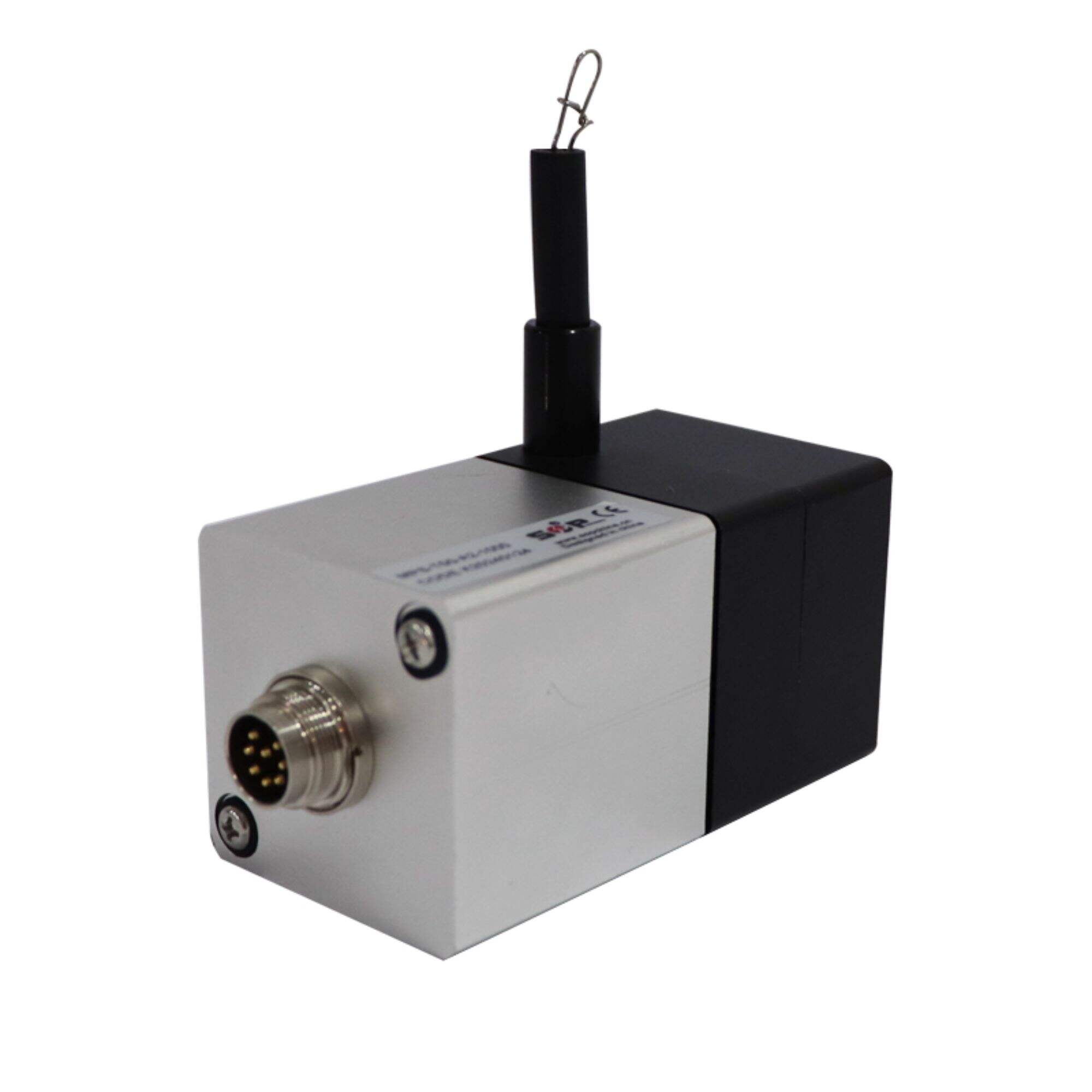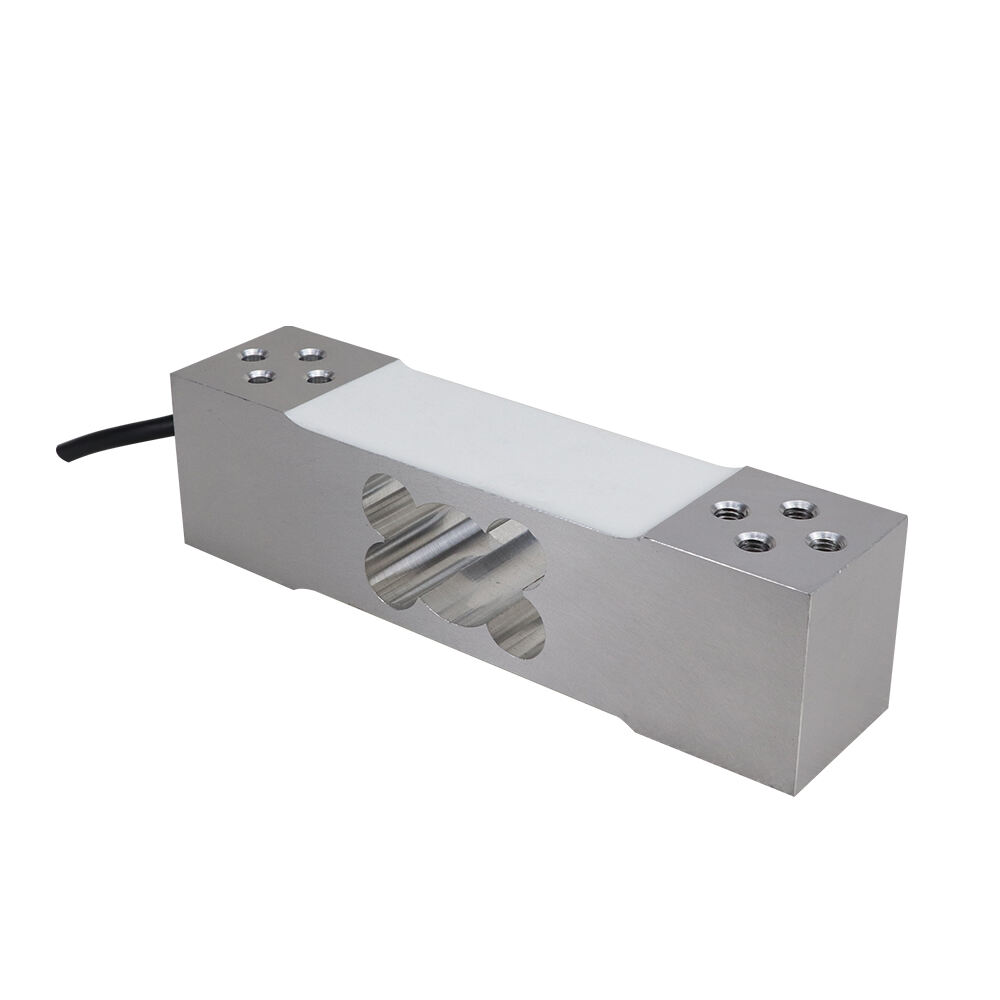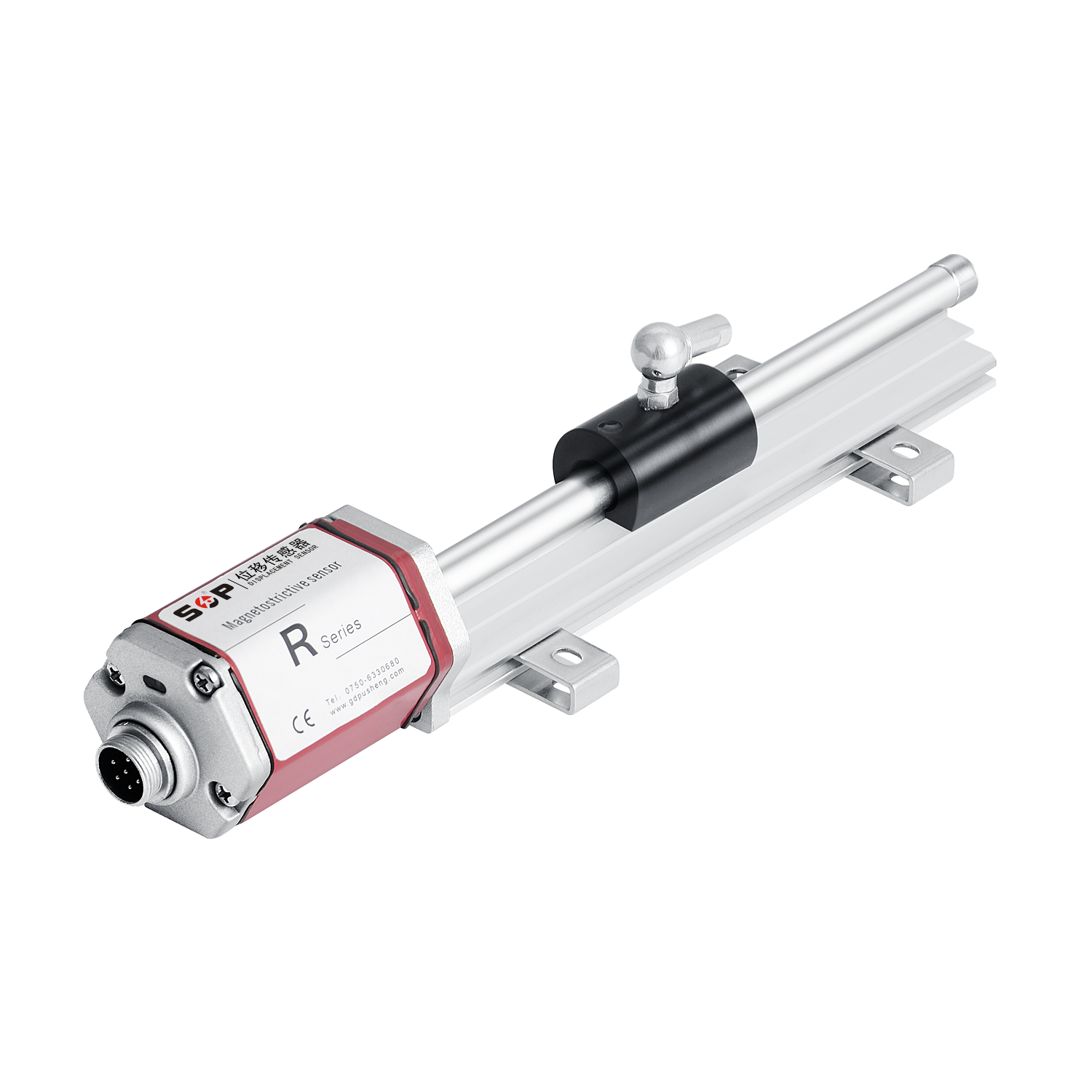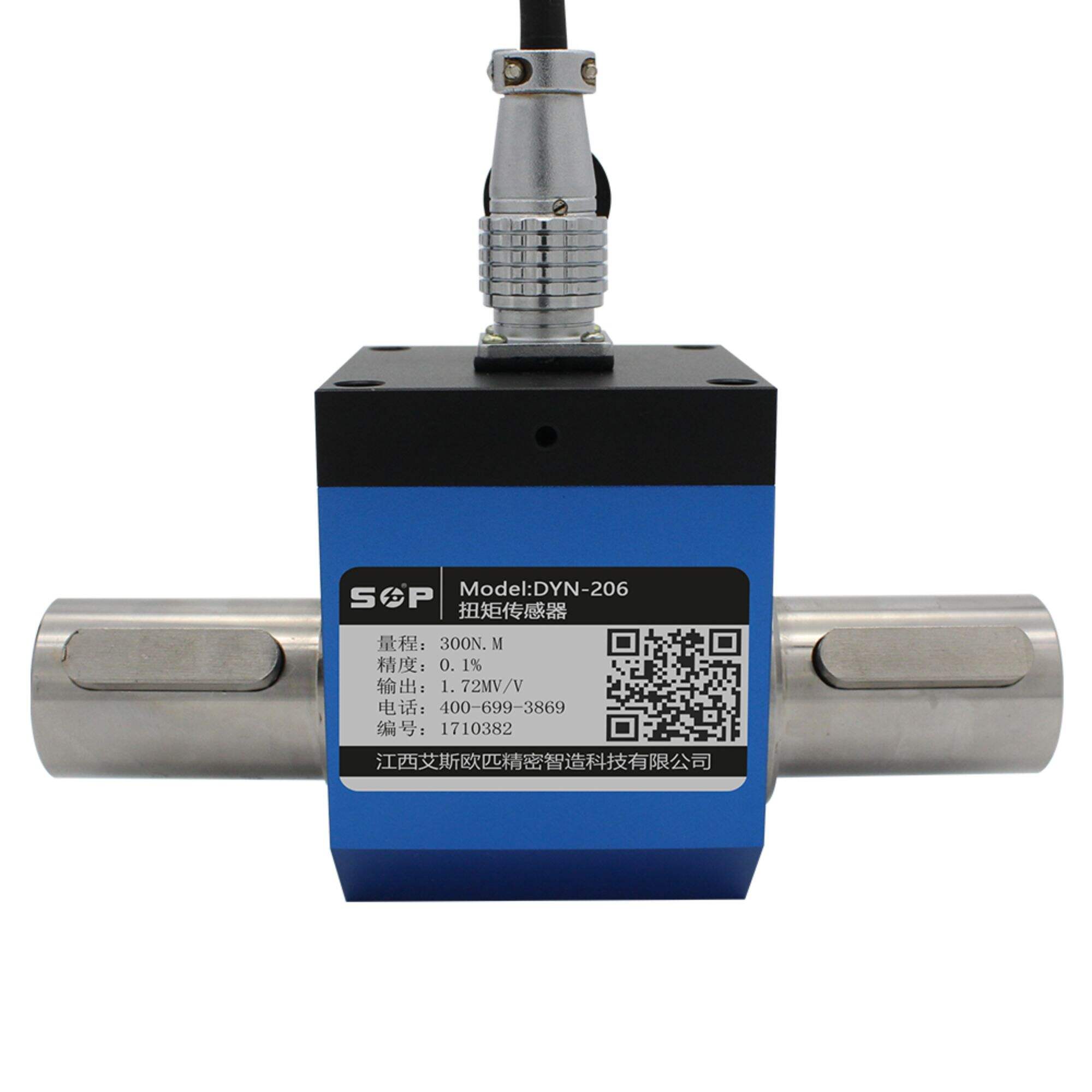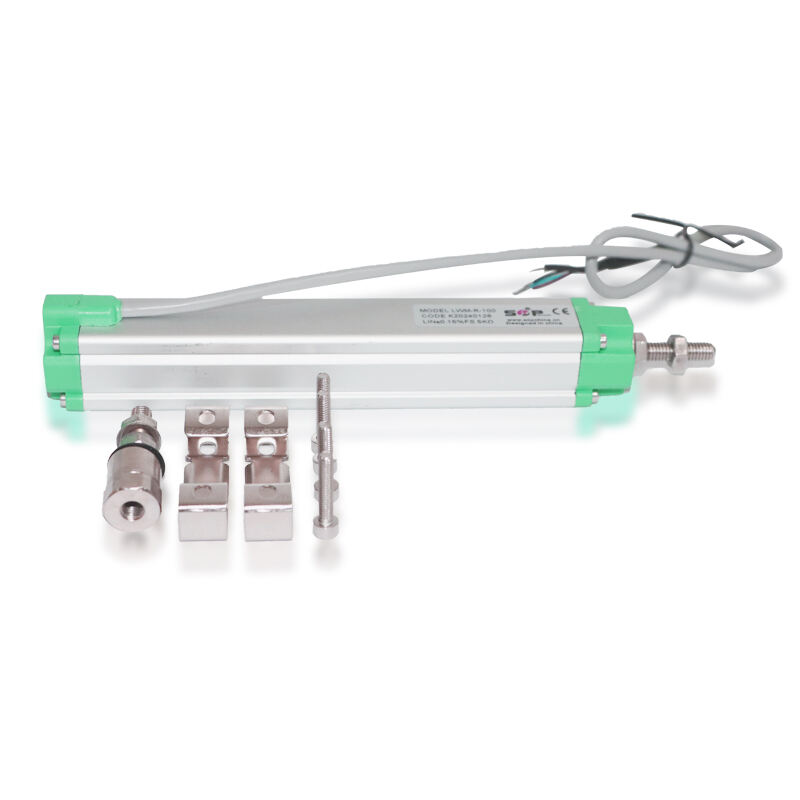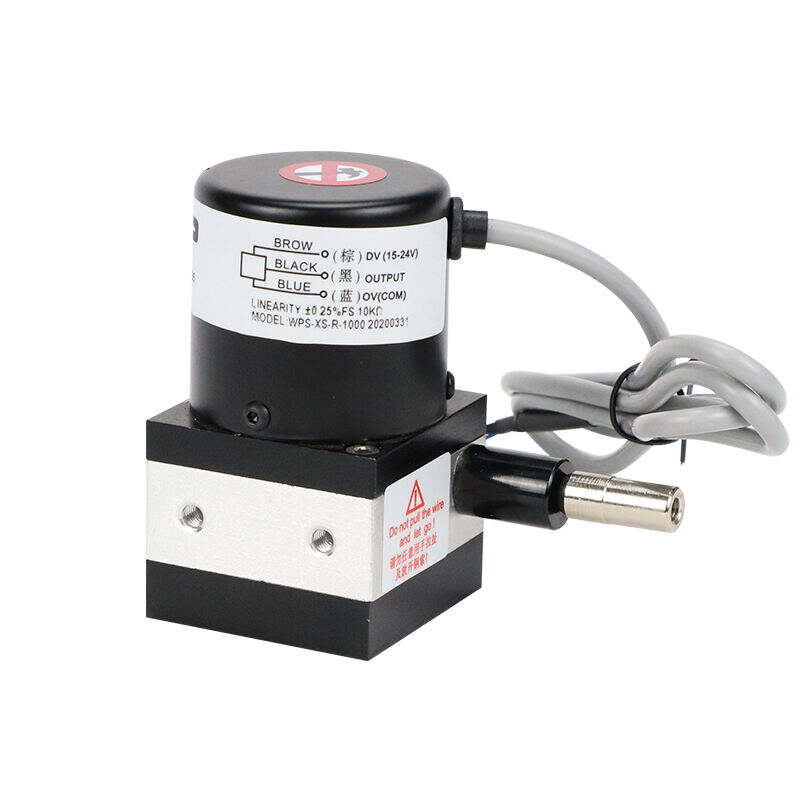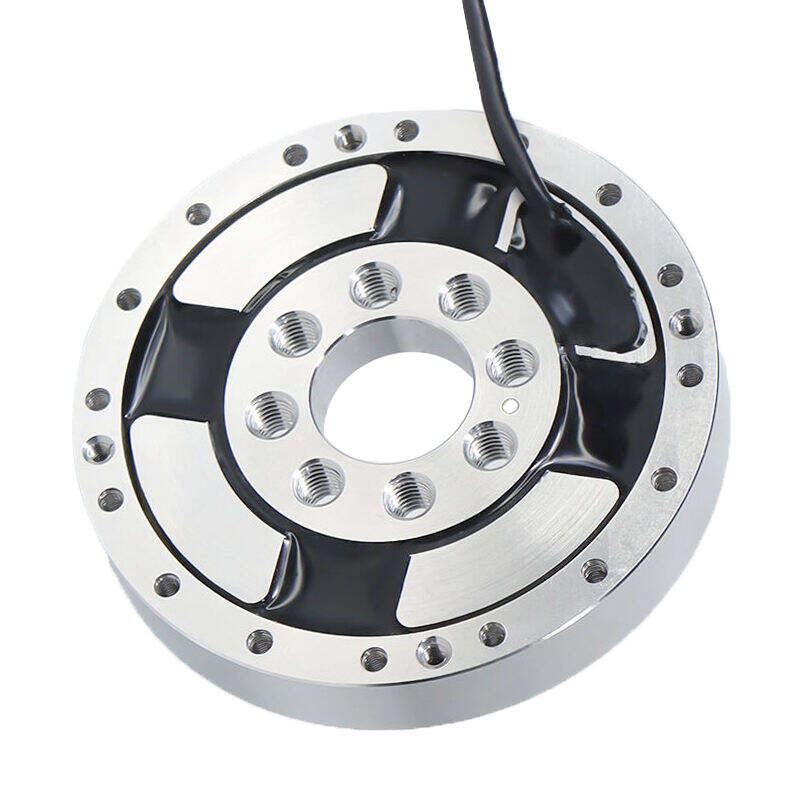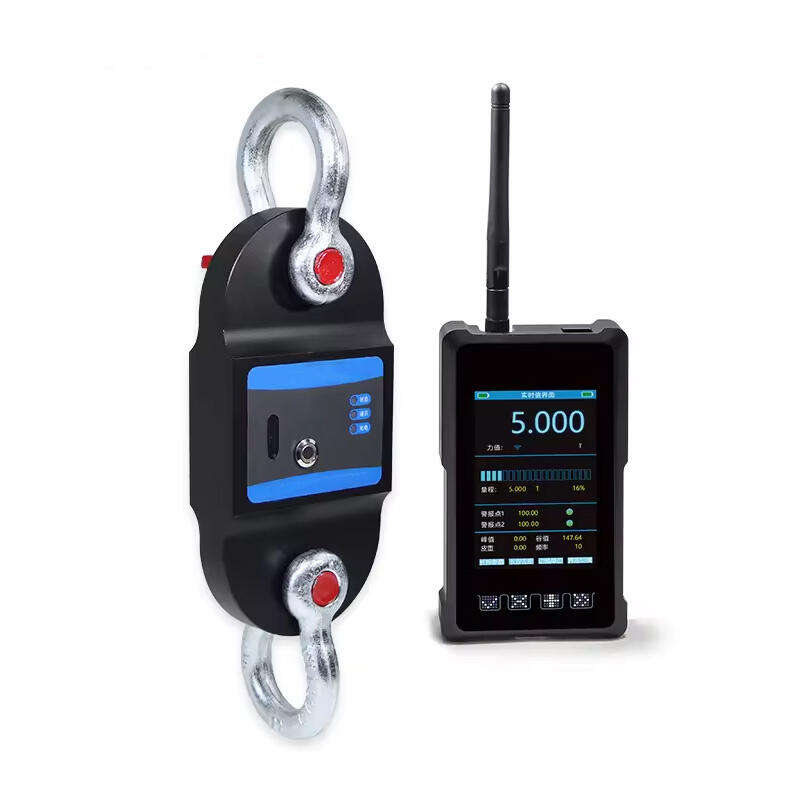analog linear position sensor
An analog linear position sensor is a sophisticated measurement device that converts mechanical motion into continuous electrical signals, providing precise position feedback in various industrial applications. This sensor operates by detecting linear displacement along a single axis, offering real-time position data with exceptional accuracy and reliability. The device utilizes various sensing technologies, including potentiometric, magnetostrictive, or inductive principles, to measure position changes. These sensors typically consist of a sensing element, signal conditioning circuitry, and an output interface that provides analog voltage or current signals proportional to the measured position. The sensor's design allows for non-contact measurement in many cases, reducing wear and extending operational life. With measurement ranges from a few millimeters to several meters, these sensors can accommodate diverse industrial requirements. They excel in harsh environments, offering robust performance under challenging conditions such as extreme temperatures, vibration, and exposure to contaminants. The integration capabilities of analog linear position sensors make them essential components in automated systems, robotics, and precision machinery, where accurate position feedback is crucial for maintaining process control and quality.

